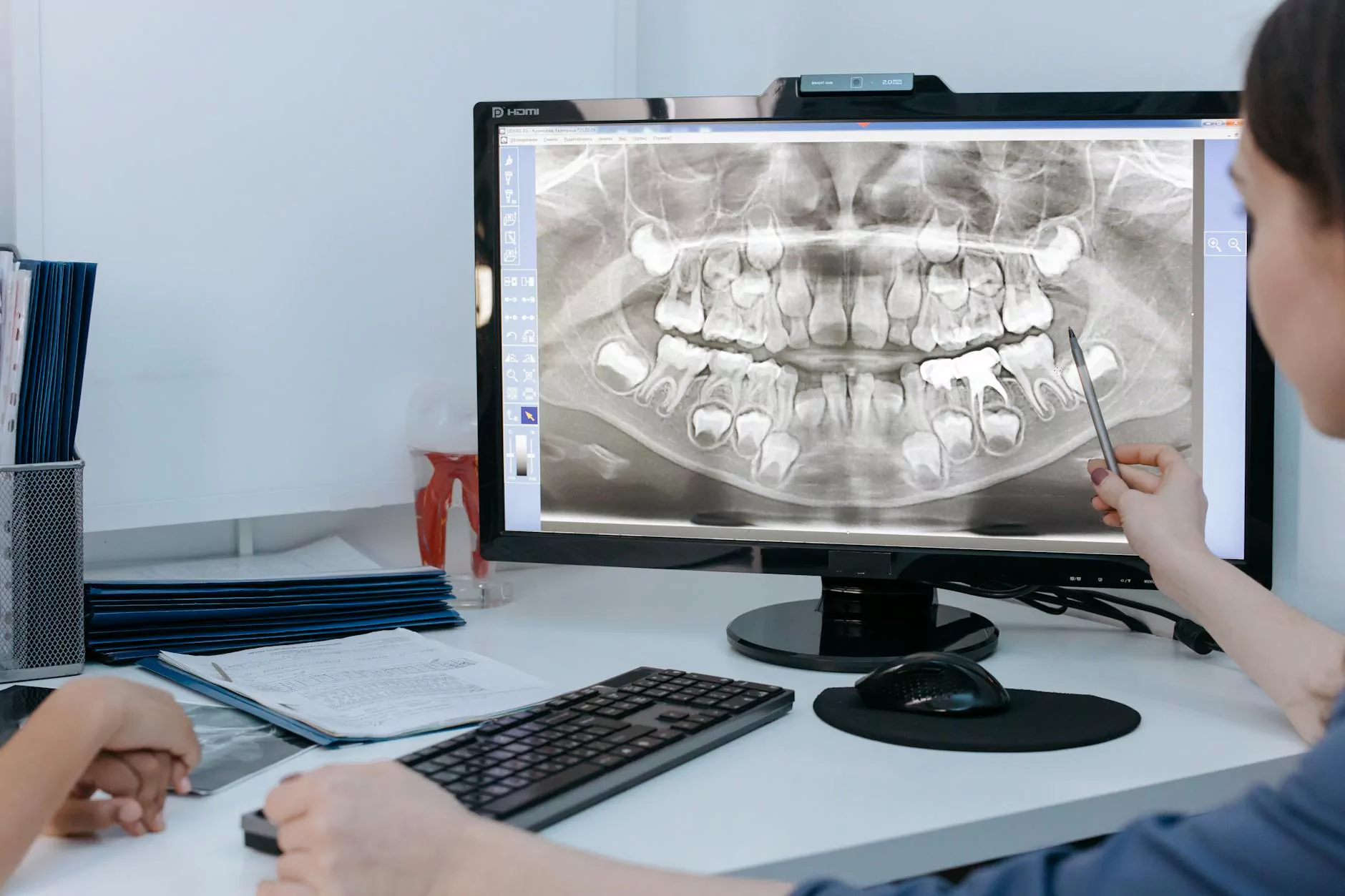Understanding the Injection Site for Semaglutide: A Complete Guide to Safe and Effective Treatment

Semaglutide has rapidly become a cornerstone in managing type 2 diabetes and supporting weight loss efforts due to its remarkable effectiveness. As an injectable medication, proper administration—including selecting the correct injection site for semaglutide—is crucial for maximizing benefits and minimizing potential side effects. This comprehensive guide dives deep into every aspect of the injection process, aiming to empower patients with the knowledge needed to confidently administer their treatment, whether through professional guidance from nutritionists and pharmacies or self-injection at home.
What Is Semaglutide and How Does It Work?
Semaglutide is a glucagon-like peptide-1 (GLP-1) receptor agonist. It works by mimicking the action of GLP-1, a hormone that stimulates insulin secretion, suppresses glucagon release, delays gastric emptying, and promotes satiety. These combined effects lead to improved blood sugar control and significant weight loss benefits.
As an injectable drug, it is administered via subcutaneous injections, most commonly once weekly. Its efficacy depends heavily on proper administration techniques, including the correct injection site for semaglutide.
Importance of Proper Injection Site Selection
Choosing the correct injection site for semaglutide is critical because:
- It ensures consistent absorption and optimal therapeutic effects.
- Reduces the risk of localized side effects such as injection site pain, redness, or swelling.
- Prevents tissue damage or unintended complications.
- Makes self-injection more comfortable and manageable.
Preferred Areas for Injecting Semaglutide
Common Injection Sites
Healthcare professionals and expert nutritionists recommend injecting semaglutide into specific areas of the body where fat tissue is abundant but skin is not excessively thin. The main preferred areas include:
- Abdomen: Typically the most recommended site due to consistent absorption rates.
- Thigh: The front or outer thigh offers an alternative injection site, especially for those who prefer not to inject into their abdomen.
- Upper Arm: The outer part of the upper arm, especially the fatty layer, can be used but requires assistance or careful self-insertion.
Why These Areas?
The underlying principle behind selecting these sites is to inject into subcutaneous fat tissue rather than muscle or skin. Subcutaneous tissue allows for slow, steady absorption of semaglutide, promoting effective outcomes and reducing discomfort.
How to Properly Prepare for Injection
Step-by-step Prep
- Gather Supplies: Semaglutide pen, alcohol swabs, cotton ball or gauze, disposal sharps container.
- Wash Hands: Thoroughly wash hands with soap and water to prevent contamination.
- Inspect the Medication: Check the pen for clarity, any discoloration, or particles. Do not use if compromised.
- Choose the Injection Site: Select a clean, dry area, rotating sites to prevent tissue irritation.
- Disinfect the Skin: Wipe the site with an alcohol swab and allow it to dry completely.
Injecting Semaglutide: Best Practices
Technique for Injection
Follow these detailed steps to ensure safe and effective administration:
- Pinch the Skin: Gently pinch a fold of skin to lift the subcutaneous tissue away from muscle.
- Insert the Needle: Hold the pen at a 45 to 90-degree angle, depending on the amount of subcutaneous fat, and insert the needle fully.
- Administer the Dose: Slowly press the plunger to deliver the medication, ensuring the medication is fully expelled.
- Withdraw the Needle: Remove the needle swiftly and gently release the pinched skin area.
- Apply Pressure: Use a cotton ball or gauze to apply light pressure; avoid rubbing.
- Dispose Safely: Dispose of the needle in a puncture-proof sharps container immediately.
Rotating Injection Sites for Optimal Results
Consistent rotation of injection sites is essential to prevent lipodystrophy—a condition characterized by abnormal fat deposits or loss at injection sites. It also promotes healthier skin tissue and reduces discomfort over time.
Effective Site Rotation Strategies
- Divide your injection areas into quadrants (abdomen, thigh, upper arm, etc.).
- Introduce a systematic rotation schedule—inject into a new site each week or each injection, ensuring no site is overused.
- Keep a diary or log of injection sites to maintain rotation and track progress.
Understanding Potential Injection Site Reactions
Most patients experience minor reactions such as redness, swelling, or tenderness that typically resolve within a few days. However, awareness and proper site management can mitigate these issues:
- Infection: Avoid injecting into skin with cuts or infections.
- Abscesses or Nodules: Seek medical advice if persistent lumps or pain develop.
- Skin Changes: Rotate sites to prevent lipohypertrophy or lipoatrophy.
Expert Insights: The Role of Nutritionists and Pharmacies in Optimizing Injection Site Selection
Nutritionists' Perspective
Nutritionists emphasize that effective weight management and blood sugar control with semaglutide are best supported by proper injection techniques. They often advise patients to:
- Maintain Site Hygiene: Always disinfect the injection area.
- Adopt a Consistent Rotation Plan: To prevent tissue damage and improve comfort.
- Monitor for Reactions: Report any adverse effects promptly.
Nutritionists also encourage integrating dietary plans that complement medication, ensuring comprehensive health benefits.
Pharmacies' Contributions
Pharmacies serve as a vital resource for patient education on the injection site for semaglutide. They provide:
- Proper disposal containers to handle sharps safely.
- Educational materials on injection techniques and rotation schedules.
- Consultation services to address patient questions and concerns.
Pharmacists can also assist in ensuring medication integrity, guiding storage, and reviewing injection procedures for safety and comfort.
The Future of Semaglutide Injections and Ongoing Research
Advances in delivery methods, including newer formulations or auto-injectors, aim to further simplify administration and improve adherence. Research continues into optimal injection techniques, site-specific absorption rates, and minimizing side effects. As our understanding deepens, patients can expect more personalized and comfortable treatment options, reinforcing the importance of proper injection site for semaglutide.
Summary: Key Takeaways for Patients
- Select the right injection site: Abdomen, thigh, or upper arm.
- Rotate sites: Prevent tissue damage and ensure consistent absorption.
- Follow proper injection techniques: Disinfect, pinch, insert at correct angle, and inject slowly.
- Monitor and report reactions: Stay alert to local site reactions and seek medical advice when necessary.
- Consult professionals: Nutritionists and pharmacies are invaluable resources for safe administration.
Final Thoughts on Optimizing Your Semaglutide Treatment
Effective management of your semaglutide therapy hinges on understanding and implementing proper injection strategies, especially regarding injection site for semaglutide. By following expert advice from trained nutritionists and trusted pharmacies, you can enhance the efficacy of your treatment, minimize discomfort, and enjoy long-term health benefits. Remember, meticulous attention to injection techniques and site rotation is an investment in your health that pays off with smoother treatment experiences and better outcomes.









